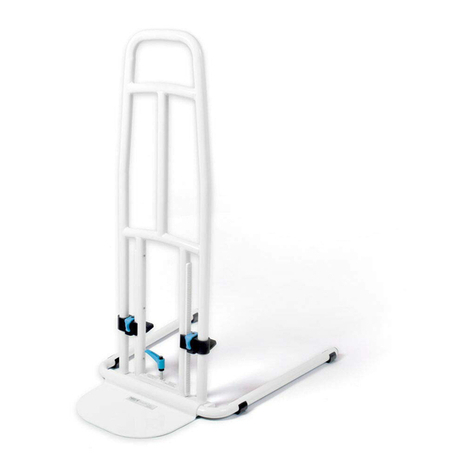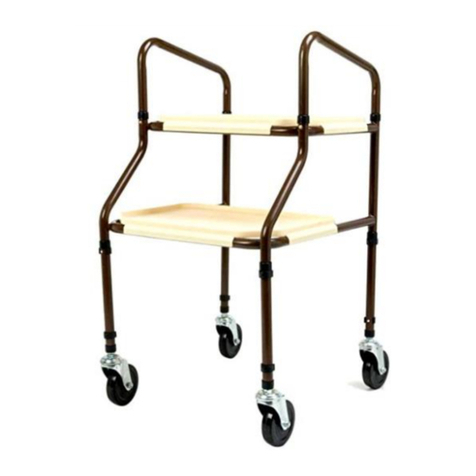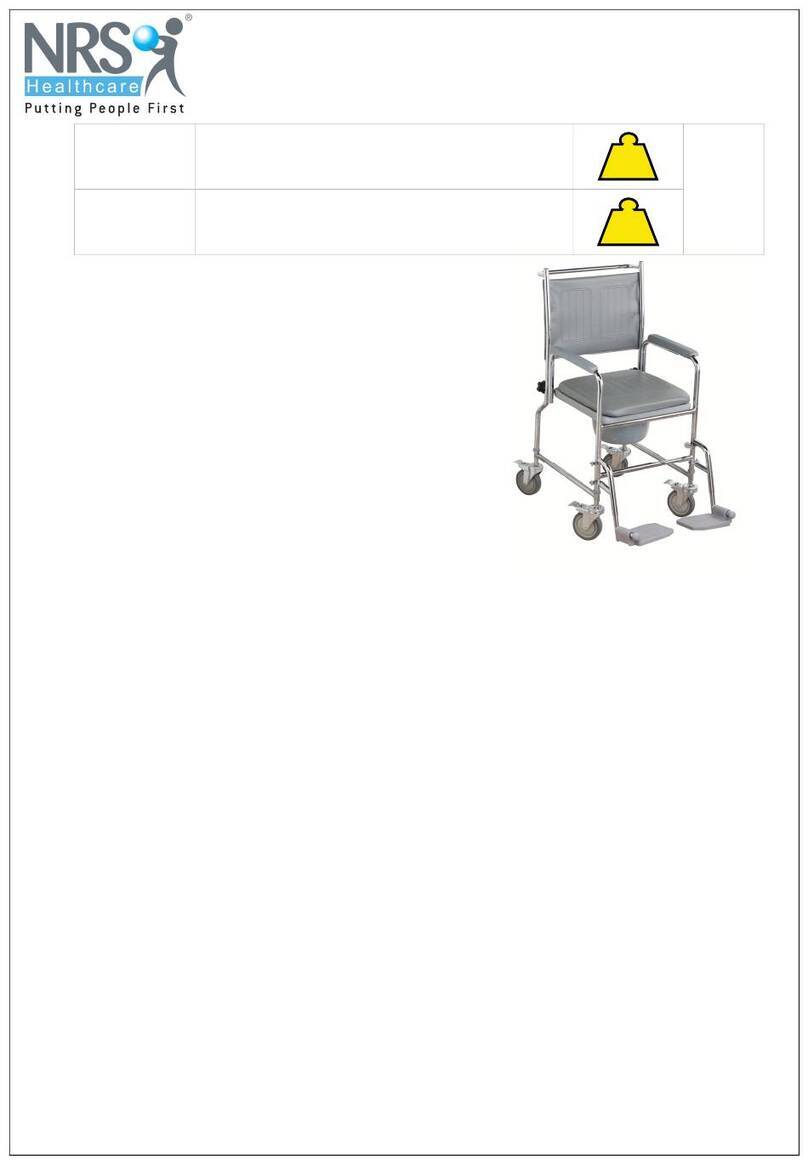NRS Healthcare M87719 User manual
Other NRS Healthcare Mobility Aid manuals
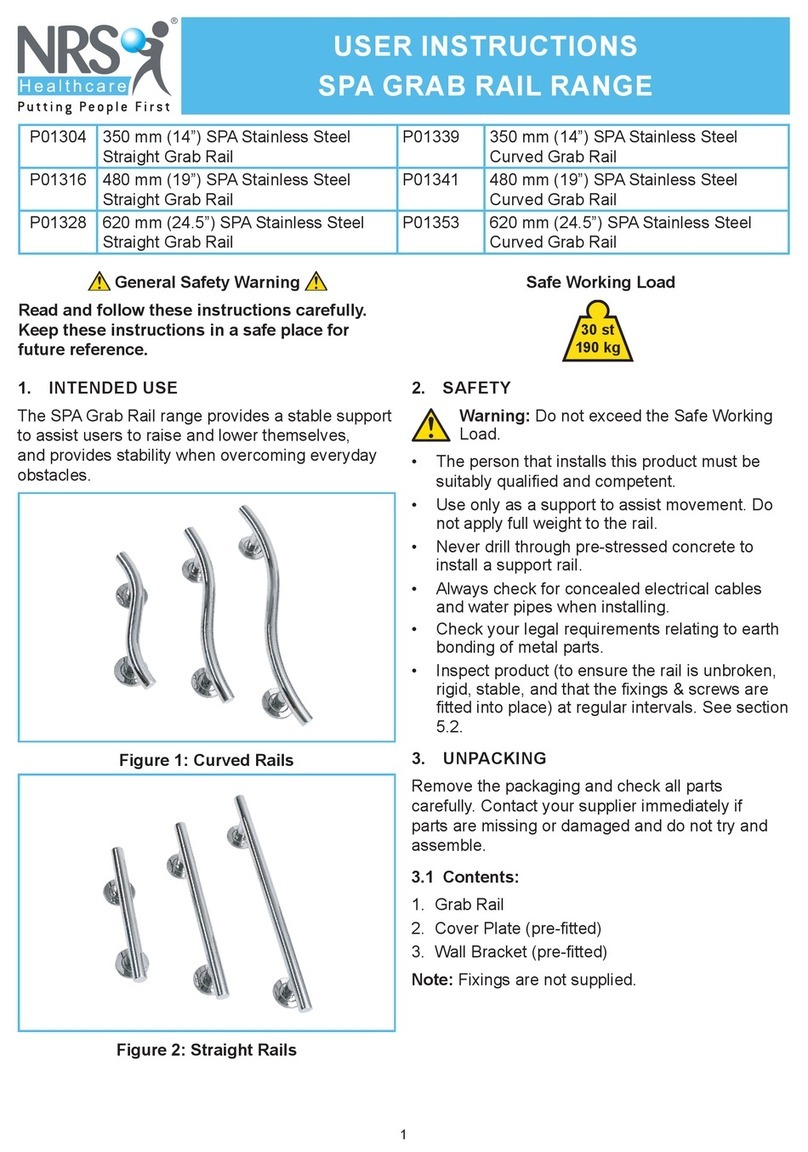
NRS Healthcare
NRS Healthcare P01304 User manual
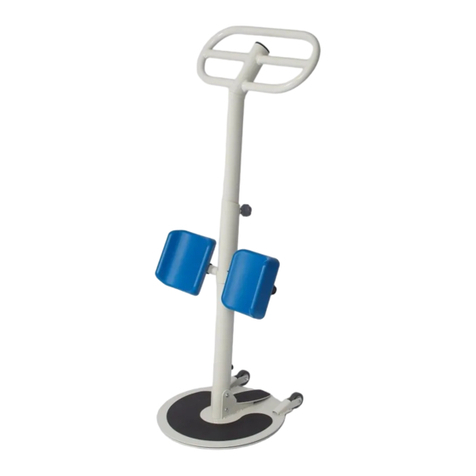
NRS Healthcare
NRS Healthcare ATLAS 3 User manual

NRS Healthcare
NRS Healthcare L97755 User manual
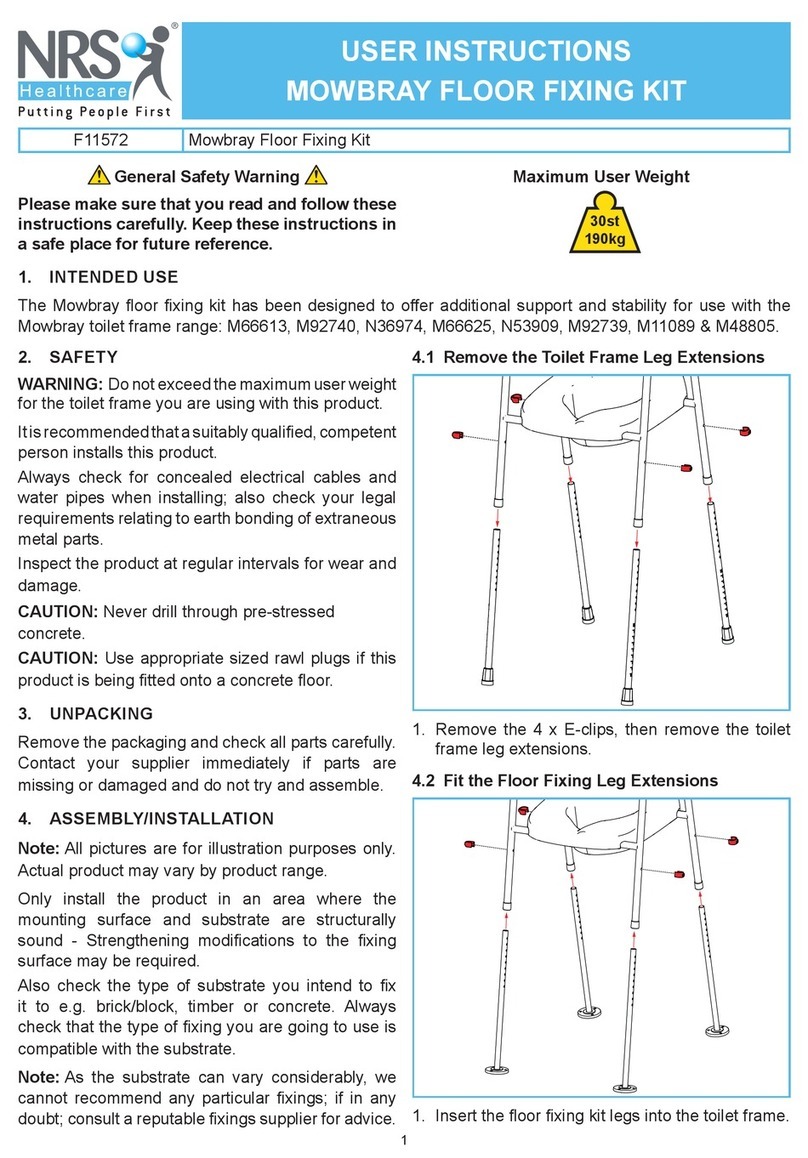
NRS Healthcare
NRS Healthcare F11572 User manual

NRS Healthcare
NRS Healthcare M48805 User manual

NRS Healthcare
NRS Healthcare Freestyle S08847 User manual

NRS Healthcare
NRS Healthcare M39634 User manual

NRS Healthcare
NRS Healthcare Mowbray M11089 User manual

NRS Healthcare
NRS Healthcare M39634 User manual
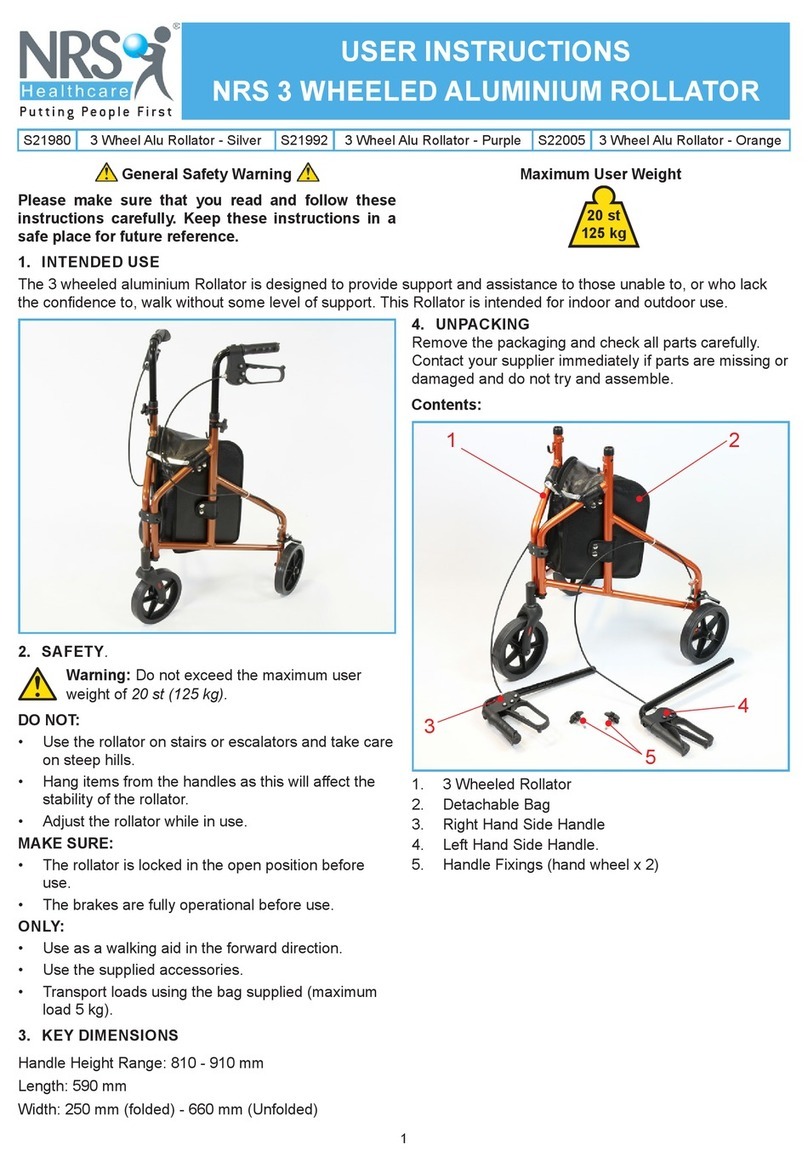
NRS Healthcare
NRS Healthcare S21980 User manual

NRS Healthcare
NRS Healthcare M0122 User manual
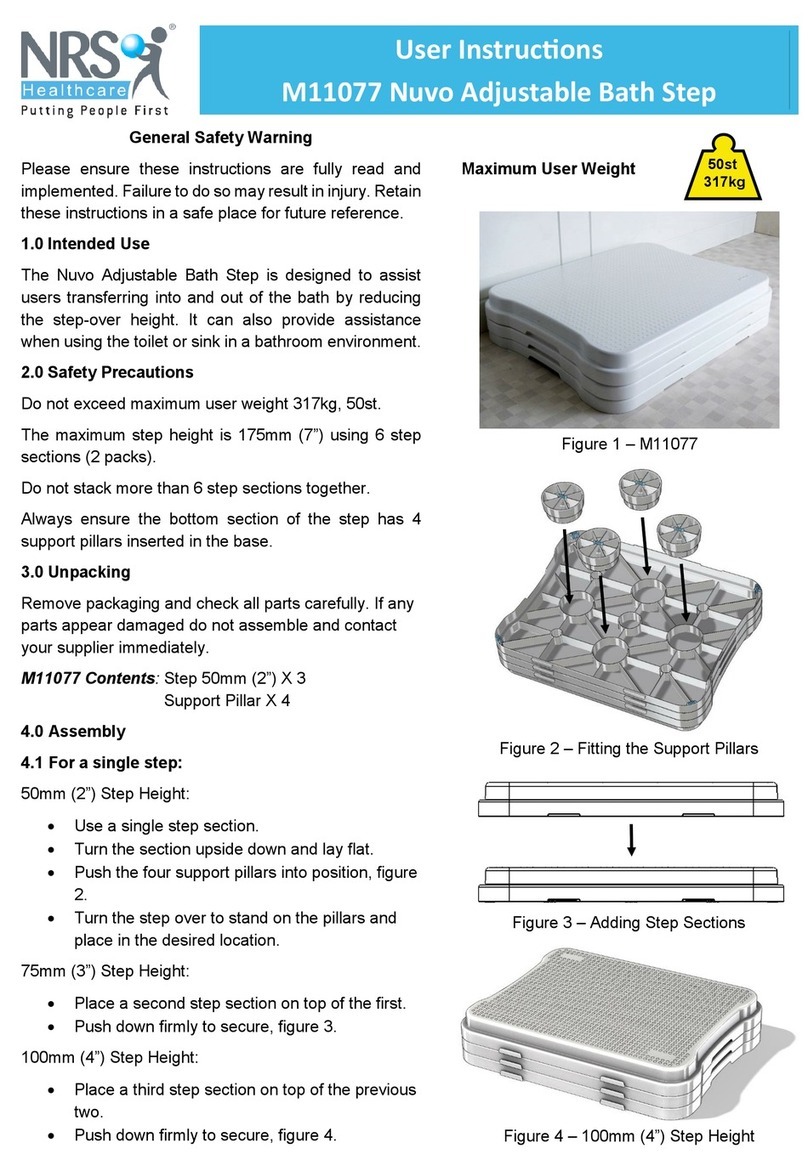
NRS Healthcare
NRS Healthcare M11077 User manual
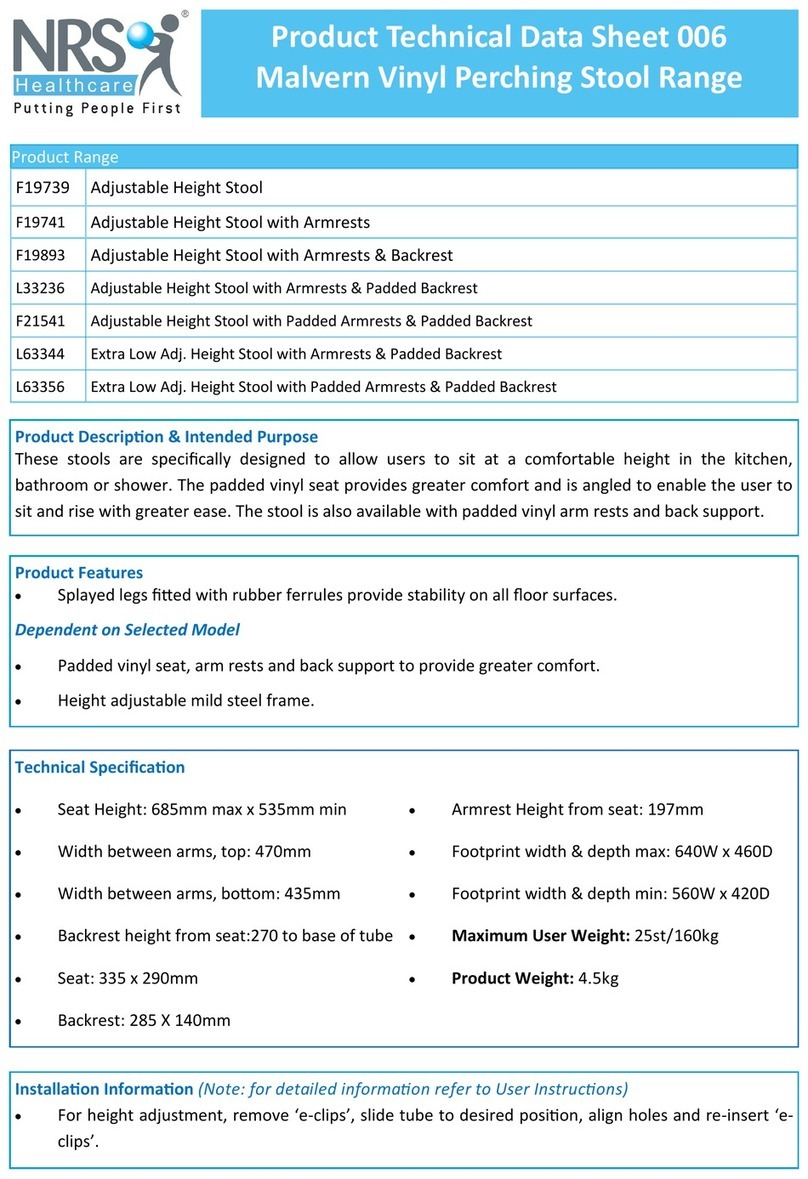
NRS Healthcare
NRS Healthcare F19739 Manual

NRS Healthcare
NRS Healthcare L35555 User manual

NRS Healthcare
NRS Healthcare M39634 User manual

NRS Healthcare
NRS Healthcare M99266 User manual

NRS Healthcare
NRS Healthcare M48192 User manual

NRS Healthcare
NRS Healthcare M10229 User manual
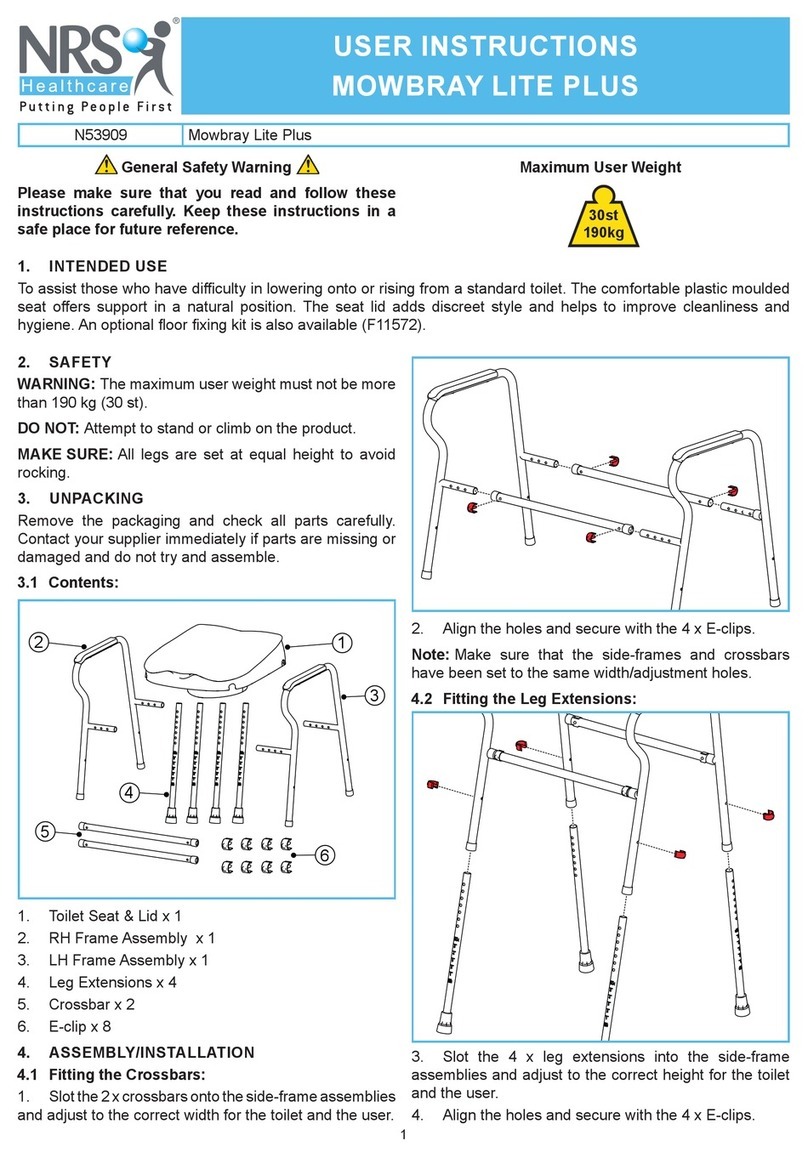
NRS Healthcare
NRS Healthcare MOWBRAY LITE PLUS User manual

NRS Healthcare
NRS Healthcare L70324 User manual
Popular Mobility Aid manuals by other brands

ExoAtlet
ExoAtlet ExoAtlet-II user manual

Invacare
Invacare Storm Series parts catalog

Rhythm Healthcare
Rhythm Healthcare B3800F manual

AMF-BRUNS
AMF-BRUNS PROTEKTOR installation manual

Drive DeVilbiss Healthcare
Drive DeVilbiss Healthcare OTTER Instructions for use

Rhythm Healthcare
Rhythm Healthcare C500U Assembly and Fitting Instructions

